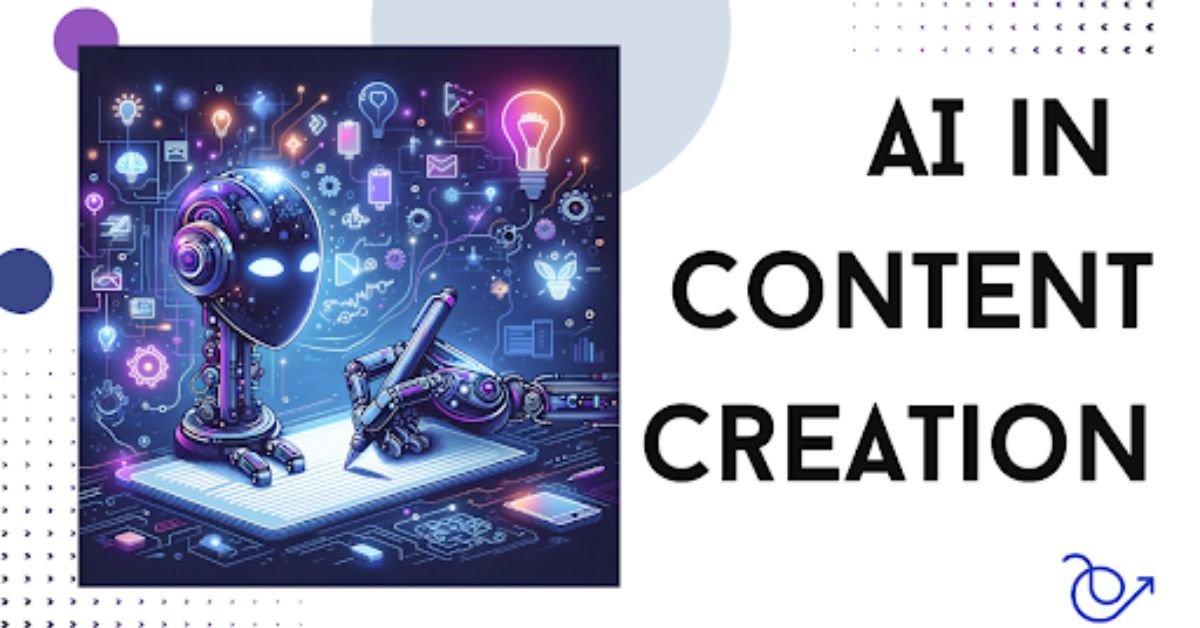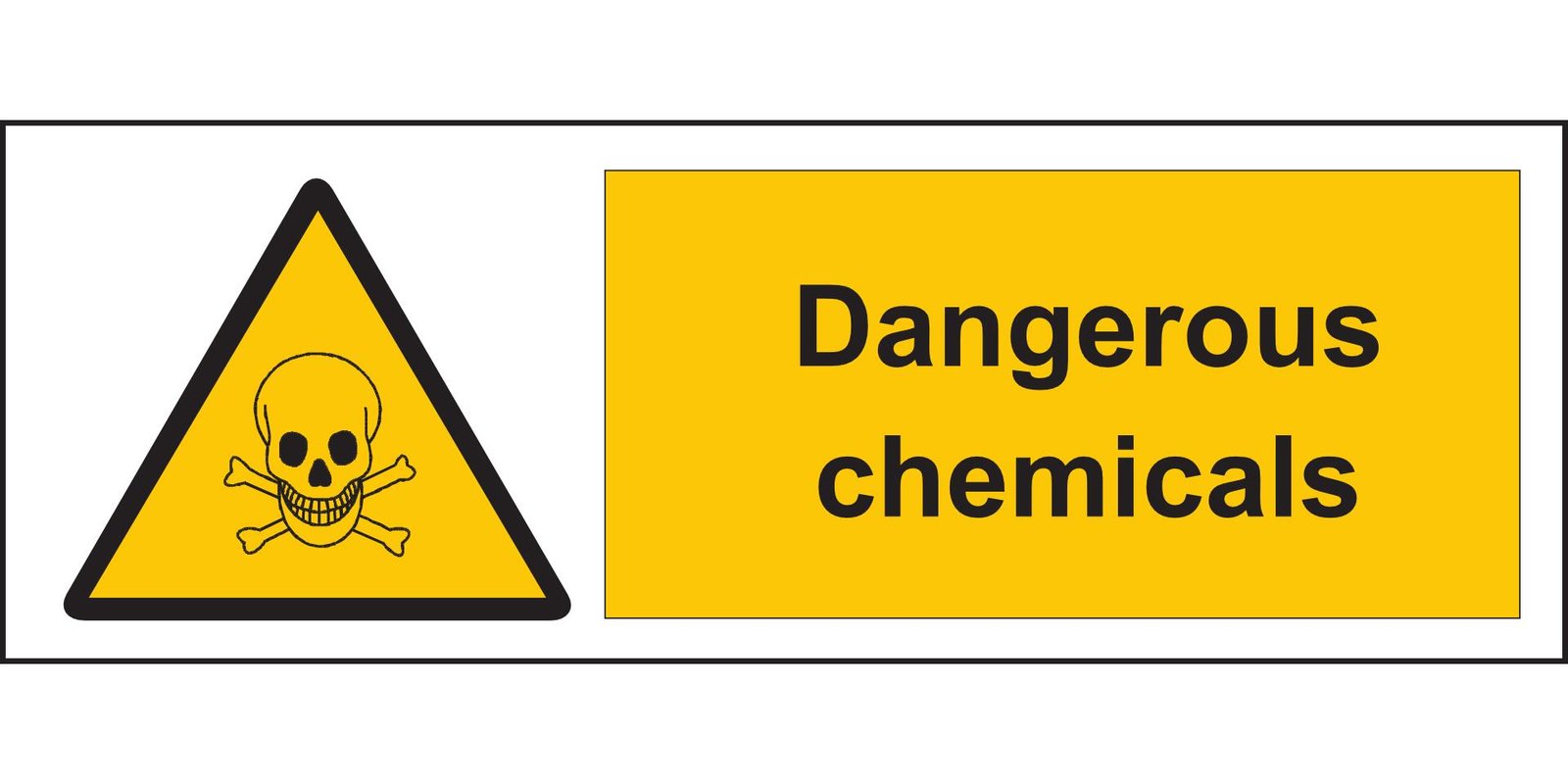Technology
Innovative AI Solutions for Small Business Content Creation

In the digital age, content creation has become a cornerstone of marketing strategies for small businesses. However, producing high-quality content consistently can be a significant challenge, especially for businesses with limited resources. This is where artificial intelligence (AI) comes into play. AI-powered tools and solutions are revolutionizing the way small businesses create content, making the process more efficient, cost-effective, and accessible. In this article, we will explore various innovative AI solutions that are transforming content creation for small businesses.
The Rise of AI in Content Creation
The integration of AI into content creation is no longer a futuristic concept; it is a reality that is reshaping the industry. AI technologies such as machine learning, natural language processing (NLP), and computer vision are being utilized to automate and enhance various aspects of content production. These technologies can analyze vast amounts of data, identify patterns, and generate content that is both relevant and engaging.
AI-Powered Writing Assistants
One of the most significant advancements in AI content creation is the development of AI-powered writing assistants. Tools like OpenAI’s GPT-4 can generate high-quality text based on specific inputs and guidelines. These writing assistants can help small businesses create blog posts, social media updates, email newsletters, and other forms of written content quickly and efficiently.
For example, a small business owner can input a few key points about a product or service, and the AI writing assistant can generate a well-structured, informative, and engaging article. This not only saves time but also ensures that the content is optimized for search engines and tailored to the target audience.
AI-Driven Graphic Design
Visual content is a crucial component of any marketing strategy. AI-driven graphic design tools are making it easier for small businesses to create professional-quality visuals without the need for extensive design skills or expensive software. Platforms like Canva and Adobe Spark use AI to suggest design elements, layouts, and color schemes based on the user’s input.
These tools can also generate social media graphics, infographics, and promotional materials, allowing small businesses to maintain a consistent and visually appealing brand presence across all platforms. By leveraging AI-driven graphic design, small businesses can produce eye-catching visuals that enhance their content and attract more engagement.
Automated Video Creation
Video content has proven to be one of the most effective forms of digital marketing. However, producing high-quality videos can be time-consuming and costly. AI-powered video creation tools are changing the game by automating various aspects of video production.
For instance, tools like Invideo AI use AI to turn text content into engaging videos. Users can input a blog post or article, and the AI will generate a video with relevant images, animations, and music. This allows small businesses to repurpose their written content into video format, increasing their reach and engagement.
In the middle of this process, utilizing a video trimmer can be extremely helpful. These tools allow businesses to edit and refine their videos with precision, ensuring that the final product is polished and professional. By trimming unnecessary parts and focusing on the most impactful segments, small businesses can create compelling video content that captures the audience’s attention.
Personalized Content Recommendations
Personalization is key to engaging modern consumers. AI-powered recommendation engines can analyze user behavior and preferences to deliver personalized content suggestions. This technology is widely used by platforms like Netflix and Amazon, but it is also accessible to small businesses through various AI tools.
For example, email marketing platforms like Mailchimp use AI to recommend personalized content for individual subscribers. This ensures that each recipient receives content that is relevant to their interests and needs, increasing the likelihood of engagement and conversion. By leveraging AI for personalized content recommendations, small businesses can create more targeted and effective marketing campaigns.
Social Media Management
Managing social media accounts can be a daunting task, especially for small businesses with limited resources. AI-powered social media management tools are simplifying this process by automating tasks such as content scheduling, audience analysis, and performance tracking.
Tools like Hootsuite and Buffer use AI to analyze social media trends and recommend the best times to post content for maximum engagement. They can also generate insights into audience demographics and preferences, allowing businesses to tailor their social media strategies accordingly. By automating these tasks, small businesses can save time and focus on creating high-quality content that resonates with their audience.
AI-Enhanced Customer Interactions
Customer interactions are a vital part of any business, and AI is enhancing these interactions through chatbots and virtual assistants. AI-powered chatbots can handle a wide range of customer queries, from answering frequently asked questions to providing product recommendations and support.
Platforms like Drift and Intercom offer AI-driven chatbots that can be integrated into websites and social media channels. These chatbots use NLP to understand and respond to customer inquiries in real-time, providing instant assistance and improving the overall customer experience. By using AI-enhanced customer interactions, small businesses can offer 24/7 support and engage with customers more effectively.
Content Analysis and Optimization
Creating content is only part of the equation; it is also essential to analyze and optimize it for better performance. AI-powered analytics tools can provide valuable insights into how content is performing and suggest improvements.
For example, tools like Google Analytics and HubSpot use AI to analyze website traffic, user behavior, and content performance. These insights can help small businesses identify which types of content are resonating with their audience and which areas need improvement. AI-driven SEO tools like Moz and SEMrush can also optimize content for search engines, ensuring that it ranks higher and attracts more organic traffic.
The Future of AI in Content Creation
The future of AI in content creation is bright, with ongoing advancements set to push the boundaries even further. Here are some trends and developments to keep an eye on:
Real-Time Content Generation
As AI technology continues to evolve, real-time content generation will become more feasible. This means that AI systems will be able to create and edit content instantaneously based on live data inputs. For example, news organizations could use AI to produce real-time reports on breaking news stories, complete with automated text, graphics, and videos.
Enhanced Creativity and Collaboration
AI tools are becoming increasingly sophisticated in their ability to augment human creativity. Rather than replacing creators, AI will serve as a collaborative partner, providing suggestions, enhancements, and automated assistance throughout the content creation process. This collaborative approach will empower creators to experiment with new ideas and push the creative envelope.
Ethical and Responsible AI
As AI becomes more prevalent in content creation, ethical considerations will play a crucial role in its development and deployment. Ensuring transparency, accountability, and fairness in AI algorithms will be essential to prevent issues such as bias and misinformation. Industry standards and regulations will likely emerge to guide the responsible use of AI in content creation, fostering trust and confidence among creators and consumers.
Conclusion
AI-powered solutions are transforming the landscape of content creation for small businesses. From writing assistants and graphic design tools to video creation and personalized content recommendations, AI is making it easier for businesses to produce high-quality content that engages and resonates with their audience. As AI technology continues to advance, small businesses will have even more opportunities to leverage these tools for innovative and effective content creation. Embracing AI is not just an option; it is a necessity for businesses looking to stay competitive in the digital age.
Technology
The Ultimate Guide to SDS Software: Everything You Need to Know

Are you trying to make safety data easier to manage?
The right SDS software can help. Keeping up with safety data sheets is important for staying safe and following the rules. This guide gives you everything you need to know about SDS software, including its features, how it can help, and tips for using it.
Learn how the right software can save time, make work easier, and keep things safe. Whether you’re new to SDS software or thinking of switching, this guide will help you find the best solution for your needs.
What SDS Software Does
SDS software helps businesses organize their safety data sheets in one place. It makes it easy to store and find important information about chemicals, including hazard warnings and how to handle them safely.
This software is also useful for keeping a detailed hazmat inventory, making sure all dangerous materials are listed and tracked. With SDS software, businesses can quickly access up-to-date safety data.
You can find the best online SDS here to make managing safety data simpler and more efficient.
How It Saves Time
SDS software helps save time by doing many tasks automatically. Instead of sorting through papers or updating files by hand, the software does it for you. This means less time is spent looking for safety information or checking details on dangerous materials.
The system makes it easy to find the data you need quickly, which is useful for safety checks or inspections. Whether you are dealing with chemicals or focusing on water safety, SDS software makes the process faster and easier.
By reducing manual work, it gives businesses more time to focus on other important tasks.
Why Compliance Matters
Following safety rules helps keep people safe and stops fines. SDS software makes it easier for businesses to follow these rules by keeping safety sheets in order. When you stay compliant, you have the right information about dangerous materials, so workers know how to stay safe.
This helps prevent accidents and keeps the business ready for safety checks. If rules are not followed, companies can get fined, shut down, or have workers get hurt.
Using SDS software makes it simple to follow safety rules, keeping both the workers and the business safe from problems.
Choosing the Right Software
Picking the right SDS software is important for safety and getting work done quickly. Start by finding software that is easy to use, with a simple layout that everyone can understand.
Look for features that meet your needs, like automatic updates for safety sheets and tools to manage dangerous materials. Good customer support is also important, as it helps fix problems fast.
Make sure the software allows easy access to information on both computers and phones. Reading what other users say about the software can help you decide.
By choosing the right SDS software, your business can improve safety, and make sure everyone has the information they need.
Unlocking Safety and Efficiency with SDS Software
In conclusion, SDS software is important for managing safety data sheets and following safety rules. Using the right SDS software helps businesses work faster, reduce accidents, and save time.
It allows workers to quickly find important safety information, making it easier to handle dangerous materials. Investing in SDS software is key to creating a safer workplace and improving how your business runs.
With the right tools, everyone can stay safe and do their jobs better.
Did you find this article helpful? You can check out our website for more awesome content like this.
Technology
Unlocking Potential: Exploring BE78N-S7J-E Insights
Technology
How to Choose the Right Media Relations Services for Your Company

As a business owner, having good media relations is crucial for your success. Building connections with media can increase brand awareness and attract customers, but not every company has the time or skills to handle this. That’s where media relations services help!
These services manage your public image and media interactions, connecting you with journalists and ensuring your story is told well.
So, how do you choose the right media relations service? Here are some key points to consider:
Assessing Your Needs
First, assess your company’s current media presence and determine your goals. Do you need to increase brand awareness? Are you launching a new product or service?
Do you have any upcoming events or announcements? Knowing these details will help you identify the specific services you require from a media relations agency.
Experience and Expertise
When researching potential media relations services, look at their experience and expertise. How long have they been in business? What type of clients do they typically work with?
Do they specialize in certain industries or types of media coverage? It’s important to choose a service that has relevant experience and proven success in working with companies similar to yours.
For instance, a public relations firm in Vancouver may have different experience and expertise than one in London. So, consider your location and target audience as well.
Network and Connections
Press release services should have a strong network and connections with various media outlets. Ask for examples of their previous media placements and the types of publications or channels they work with.
Having a wide range of connections can increase your chances of getting coverage from different outlets. This can help reach a larger audience.
Communication and Collaboration
Effective communication is key when working with a media relations service. You want to choose an agency that values collaboration and keeps you updated on progress and results.
Make sure to ask about their communication processes and how often you will receive updates. It’s important to find a service that understands your company’s messaging and can effectively convey it to the media.
Budget and Services
When choosing a media relations service, consider your budget and the services they offer. Some agencies may have different packages or customizable options to fit your specific needs and budget.
It’s important to have a clear understanding of what services are included in their pricing and if there are any additional costs for extra services.
Reputation and Reviews
Do some research on the reputation of potential media relations services. Read reviews from previous clients or ask for references. A reputable agency should have positive feedback from satisfied clients.
You can also check their website or social media pages to get a sense of their brand image and values. It’s important to choose the right communication enhancement services for your company, and a good reputation is a key factor in making that decision.
Choose the Right Media Relations Services with this Guide
Media relations services can help elevate your company’s brand and story through effective communication with the media. With this guide, you can make an informed decision on which service is the right fit for your business. With the right media relations partner by your side, you can build strong relationships with the media and achieve your goals for increased visibility and success. So don’t hesitate to invest in these valuable services for your company’s growth!
Is this article helpful? Keep reading our blog for more.

 Entertainment5 months ago
Entertainment5 months agoSandra Orlow: Exploring the Life and Legacy of a Cultural Icon

 Business6 months ago
Business6 months agoTex9.Net Crypto: Fast, Secure International Money Transfers with Competitive Rates

 General2 months ago
General2 months agoDiana Nyad & Bart Springtime: A Swim to Success

 General2 months ago
General2 months agoBaby Alien Fan Bus: Watch Parts 2 & 3 on Twitter, Reddit!

 Business6 months ago
Business6 months agoSnapchat Planets: Exploring Your Streak Universe

 General4 months ago
General4 months agoDeeper Dive into myfavouriteplaces. org:// blog

 Business6 months ago
Business6 months agoFintechZoom Apple Stock: Real-Time Insights and Expert Analysis

 Business6 months ago
Business6 months agoWhat is O Farming: How to Make Money Online and Its Start-Up Benefits

















